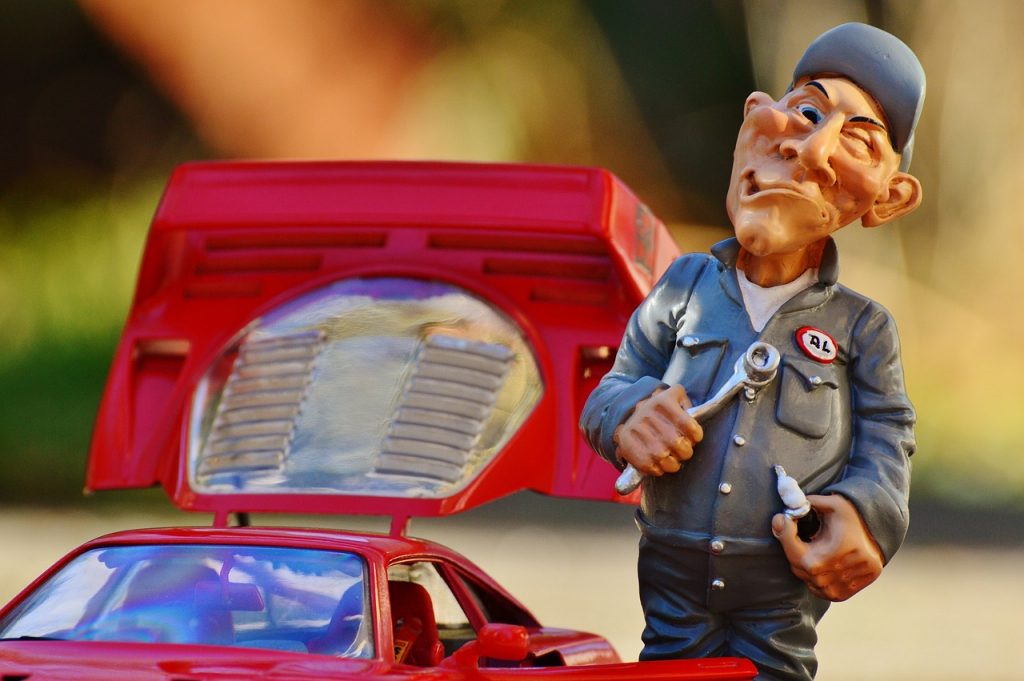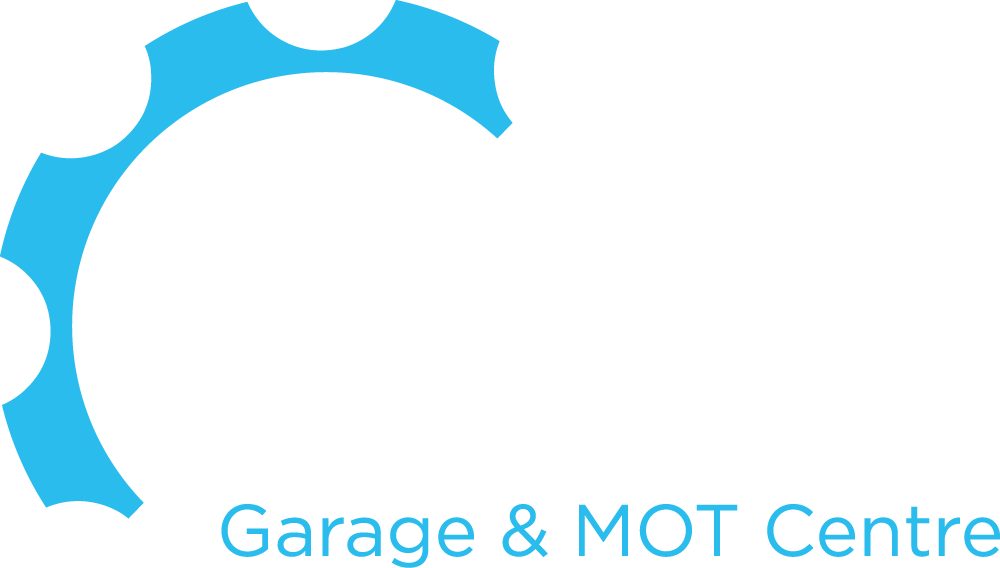General Car Maintenance Tips
By Darren on Thursday, January, 26th, 2017 in Car Maintenance, Featured. No Comments
What to look for?
Keeping an eye on your car is very important. You want to make sure you pick up any little problems before they become big problems. Modern cars are becoming more and more reliable, but there’s still the chance that something will go wrong. So follow our simple guide to general car maintenance and you’ll be in a far stronger position to pick up any issues as they occur. We’ll talk you through tyres, engines, lights, electrical, bodywork and paint. To keep your car on the road, start here.
Tyres – what you need to know
The tread depth of your tyres is very important, both from a safety and from a financial point of view. You can be fined up to £2,500 and 3 penalty points for each bald tyre. So if your vehicle has four bald tyres you could be facing a £10,000 fine and 12 penalty points (which would result in you losing your driving licence). And from a safety angle, it can take a car 8 metres further to stop in wet conditions on tyres that have 1.6mm tread, compared to tyres with 3mm tread.
Tyre pressure is another area you should pay close attention to. It can save you money on fuel and help you stay safe on the road. Under-inflated tyres cause extra drag (which costs you money in fuel) and they don’t grip the road particularly well. Aim to check your tyre pressure every week (or at least every month).
What to look for in the engine
In your engine there will be a number of rubber belts that drive the engine. Rubber perishes and it can be more noticeable in the extreme conditions found in an engine. If there are signs of wear and tear it’s best to have these looked at by a professional (unless you’re confident enough to change them yourself).
Oil is another area you should always keep an eye on. Oil keeps your engine running smoothly by reducing friction between the moving parts. By keeping it properly oiled you’ll extend the life of your engine. There are many different types of engine oil so make sure you get the correct grade for your engine. You can find the details of your oil in your car owner’s guide or online.
What do all these lights mean?
Cars have an array of warning lights on the dashboard to alert you to a potential problem. You’ll find check engine, service engine, brake warning, electrical fault, ABS, oil warning and coolant warning. Your car may have more than these. You’ll find information about each of them in your owner’s manual. The best advice we can give here is not to ignore the lights. All you’ll be doing is storing up a problem (that’s likely to get worse and more expensive the longer you ignore it).
The other lights on your car
If you need to change a headlight or an indicator, make sure you’re prepared. If your indicator blinks faster on one side than the other you’ve probably got a blown bulb. Your owner’s manual will show you how to change it.
And always remember that you should never touch the glass part of a light bulb. Many of them are now filled with halogen and touching the casing can result in the bulb cracking under normal use. So wear clean rubber gloves to avoid any grease or oil from your hands being transferred to the bulb.
Bodywork and windscreens
It might seem like chips to the windscreen and to the bodywork aren’t really worth your time. But you’d be wrong. A chip in a windscreen creates a weakened area of the windscreen. In time, this could crack and cause you serious problems (especially if you’re travelling at speed). And any ignored chips to the paintwork will eventually rust. And rust causes the body of the car to be less robust. You’ll also find that chips spread quicker when it’s cold outside.
Car maintenance keeps you on the roads
Knowing general car maintenance is a good thing, but sometimes you need professional help. We know our way around all types of cars and vehicles. So if you have a question about yours, give us a call or pop in and we’ll let you know what the best thing to do is.

